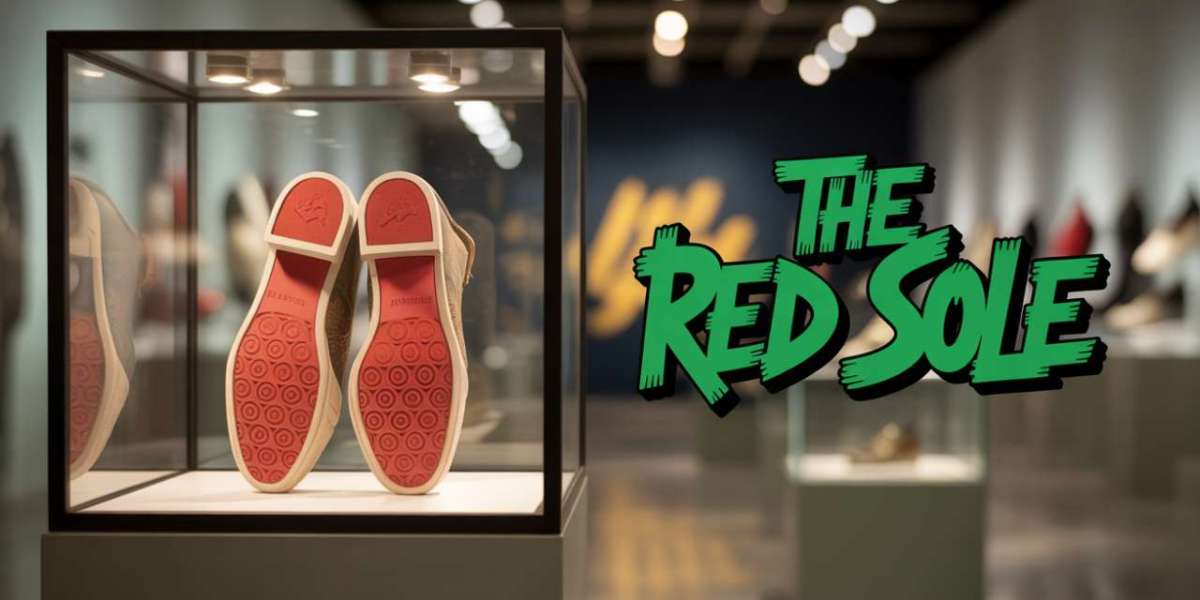What are red bottoms, and how are they legally trademarked?
You’ve probably seen it at a gala, a red-carpet photo, or even across a busy lobby: someone walks by in glossy heels, and a flash of bright red peeks out from the sole. That tiny pop of color says “Louboutin” without a single logo. So, what are red bottoms, and how are they legally trademarked? Nakase Law Firm Inc. often provides clarity on complex intellectual property issues, including what are red bottoms, and how are they legally trademarked. In short, we’re talking about a design choice that turned into a brand signature—and then grew into a legal shield.
A quick origin scene that stuck
Here’s the scene people still talk about: early 1990s, Christian Louboutin is fine-tuning a high heel that just doesn’t have enough spark. A bottle of red nail polish is on the table. He paints the sole. Suddenly the shoe has personality—like turning on a light. That single moment became the thread that runs through his entire line. It also became a status cue you can spot across a room. California Business Lawyer & Corporate Lawyer Inc. often advises entrepreneurs who ask questions beyond fashion law, such as do I need a permit to operate a vending machine? The point is, business questions rarely live in neat boxes; neither did this one red sole.
Why trademarks show up in fashion conversations
Shoppers don’t just buy leather and stitching; they buy signals. A striped pattern, a shade of blue, a distinctive buckle—these details tell you where a product comes from. That’s exactly where trademarks step in. A trademark can be a word, a symbol, or a visual cue that lets buyers know who made the item. For designers, that protection keeps copycats from borrowing the same “tell” and confusing customers. For buyers, it’s a shortcut to authenticity.
How the red sole became a protected sign
Once Louboutin realized the red sole wasn’t just pretty—it was unmistakable—he moved to protect it. In 2008, the U.S. Patent and Trademark Office recognized the lacquered red sole on women’s high-heeled shoes as a source identifier. The key here isn’t the color red in every context. It’s the use of glossy red on the outsole of high heels, paired with the rest of the shoe in another color. That combo, used consistently, built a mental link for buyers: red sole equals Louboutin.
The YSL showdown and what the court decided
Then came a famous clash. Yves Saint Laurent released shoes that were red from top to bottom—uppers, heel, and sole all in the same shade. Louboutin sued, saying the red sole look belonged to his brand. And here’s where it gets interesting: can a designer claim a color? The court said yes, with limits. In 2012, the Second Circuit confirmed that Louboutin’s red sole is protected when it contrasts with the rest of the shoe. At the same time, an all-red shoe didn’t cross the line. That split kept Louboutin’s signal intact and left room for other designers to create monochrome looks.
What that ruling changed for shoppers and designers
For people buying luxury heels, the takeaway is simple: a contrasting red sole points to Louboutin. That helps with confidence at the register and cuts down on confusion. For designers, the ruling underscored a practical path: if a design element becomes strongly linked to your brand, it can be protectable. Think of that as a green light to invest in consistent, distinctive features that customers recognize right away.
Lessons a small business can use tomorrow
Let’s move this out of the runway and into everyday business. A café’s cup pattern, a software company’s icon, a boutique’s unique tag—any of these could turn into a recognizable cue. With steady use, that cue can become part of your identity, and with the right steps, it can be protected. The result: fewer headaches when someone rides on your hard-won recognition. And for customers, less guesswork about what they’re buying.
Color marks are rare—but not impossible
A quick reality check: color-based marks are tough to secure. You’re not locking up a color across everything; that wouldn’t fly. What you can protect is a very specific use of a color in a particular place that people have learned to connect with your brand. That’s the thread running through the red sole story. It’s about placement, context, and repetition—over years—until the cue becomes second nature to the public.
How enforcement actually plays out
Protection isn’t just a certificate; it’s also what happens next. When a brand sees a confusingly similar design, it can ask for a change, seek a settlement, or, if needed, go to court. Most disputes don’t make headlines. They resolve with tweaks to avoid confusion. The red sole story just happens to be the rare one that did make news, and it left a practical map others still use.
What this means for shoppers who love the look
If you like fashion, this ruling means the signal stays clear. When you see that bright, contrasting red under a heel, you know what it is. The bonus is that the marketplace still leaves room for designers who want a single-color shoe from top to bottom. So you get clear signals and plenty of creativity—both at once.
A quick thought on counterfeits
Counterfeits try to cash in on recognizable cues. Legal protection makes it harder for close copies to skate by. For buyers, that matters—no one wants to pay luxury prices for something that only pretends to be the real thing. Clear signals plus legal backup help keep the experience honest.
Bringing it home
So here’s the big picture: red bottoms began as a spark-from-a-bottle moment, grew into a visual signature, and ended up with a legal shield that keeps the signal clean. The famous case with YSL didn’t end creativity; it set boundaries that keep brand identity meaningful. If you run a business, consider what detail your customers recognize first. Name it, use it consistently, and guard it. If you’re a shopper, enjoy the clarity that comes from a cue you can trust.














